Commentary: NPR and PBS aren't threats. They're treasures
Published in Op Eds
When President Donald Trump signed an executive order last week cutting federal funding for National Public Radio and the Public Broadcasting Service, he was right about one thing: We do live in a moment of media abundance.
But his market-based notion of abundance fundamentally misunderstands the purpose of public broadcasting, which is not about quantity but quality.
“Unlike in 1967, when the CPB (Corporation for Public Broadcasting) was established, today the media landscape is filled with abundant, diverse, and innovative news options,” reads Trump’s executive order “Ending Taxpayer Subsidization of Biased Media.”
“Government funding of news media in this environment is not only outdated and unnecessary but corrosive to the appearance of journalistic independence.”
While Trump’s attacks on the free press evoke Richard Nixon, his rationale for ending NPR and PBS draws more on Ronald Reagan’s justification for deregulation in the 1980s.
For much of the 20th century, most Americans got their news from one of the “Big 3” television networks (CBS, NBC and ABC). Those stations provided news and educational programming thanks to the Fairness Doctrine, a 1949 Federal Communications Commission regulation that required broadcast license holders to air programming on matters of public concern.
As the name suggests, the Fairness Doctrine also required broadcasters to provide audiences with differing perspectives — making ideological balance a core imperative.
The regulation was a compromise that reversed the FCC’s previous outright ban on broadcast editorials — a policy that was justified by the physical limitations of the electromagnetic spectrum through which radio and television signals are sent. The relative scarcity of usable broadcasting frequencies put a cap on the number of stations that could exist in a market, a natural restriction on viewpoint diversity.
When broadcasters complained that banning editorials interfered with their First Amendment rights, progressive media reformers advocated for the rights of audiences to hear multiple perspectives over the airwaves.
In 1969, the U.S. Supreme Court affirmed this access-oriented approach to the First Amendment when applied to broadcasting.
“Because of the scarcity of radio frequencies, the Government is permitted to put restraints on licensees in favor of others whose views should be expressed on this unique medium,” Justice Byron White wrote for the majority in Red Lion Broadcasting Co. v. FCC. “It is the right of the viewers and listeners, not the right of the broadcasters, which is paramount.”
Nevertheless, opposition to the doctrine persisted, and by the 1980s Reagan had appointed FCC chairman Mark Fowler to dramatically reduce regulation of the broadcast industry. Fowler formally rescinded the Fairness Doctrine in 1987, and Reagan vetoed a congressional effort to further codify it — arguing, like Trump, that the increasing diversity of options reduced the need for government interventions to balance and regulate the media system.
“After a massive study of the effects of its own rule, the FCC found in 1985 that the recent explosion in the number of new information sources such as cable television has clearly made the ‘fairness doctrine’ unnecessary,” Reagan wrote, justifying his veto of the Fairness in Broadcasting Act of 1987.
The subtext of the Fairness Doctrine and other content and ownership restrictions placed on broadcasters in the 20th century was clear. Without regulation, commercially operated stations would serve the financial and political interests of their owners — not the interest of the public, in whose name the government held the airwaves in trust.
Public media, such as NPR and PBS, were yet another governmental intervention aimed at serving the public’s interest. But the Public Broadcasting Act of 1967, which Trump now opposes, saw the government not merely as a means of mitigating the conditions of scarcity but as a provider of abundance, offering resources that go beyond what the profit motive would support.
“Our nation wants more than a ‘chicken in every pot.’ We in America have an appetite for excellence too,” Lyndon B. Johnson said upon signing the law that created the Corporation for Public Broadcasting. “While we work every day to produce new goods and to create new wealth, we want most of all to enrich man’s spirit. That is the purpose of this act.”
In the decades since, NPR and PBS have more than delivered — winning countless awards for their journalistic and educational programming and helping to educate generations of Americans through producing foundational children’s shows like Mr. Rogers’ Neighborhood and Sesame Street.
Trump, enthralled with abundance and dismissive of quality, is overlooking just how much of what has made America great has been produced with government support. While we no longer live in the low-choice media environment that justified federal regulations such as the Fairness Doctrine, we now face so many choices that the CPB is more vital than ever.
Our media is oversaturated with grifters and partisans with little commitment to facts and even less to serving the interests of the public at large. Outlets such as NPR and PBS, whose federally mandated mission is serving the interests of the public, provide crucial safeguards against scams and ideological excesses. Perhaps that’s why Trump sees them as a threat.
_____
This column reflects the personal views of the author and does not necessarily reflect the opinion of the editorial board or Bloomberg LP and its owners.
A.J. Bauer is an assistant professor of journalism at the University of Alabama. He is the author of "Making the Liberal Media: How Conservatives Built a Movement Against the Press," forthcoming from Columbia University Press.
©2025 Bloomberg L.P. Visit bloomberg.com/opinion. Distributed by Tribune Content Agency, LLC.
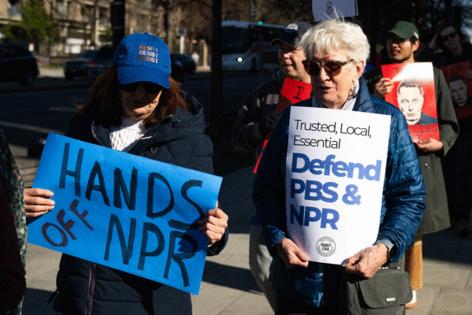

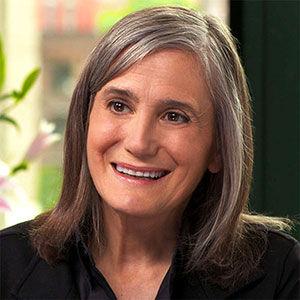
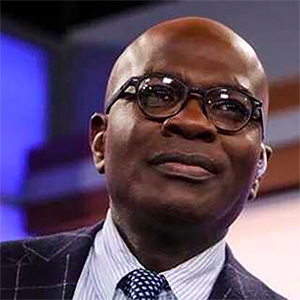



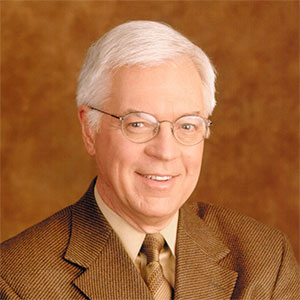
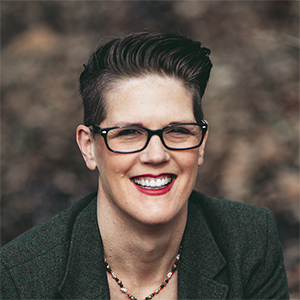
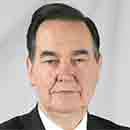

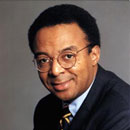




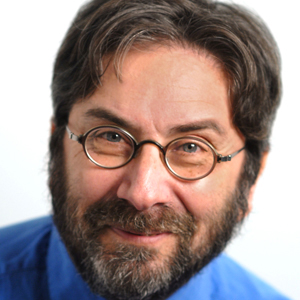

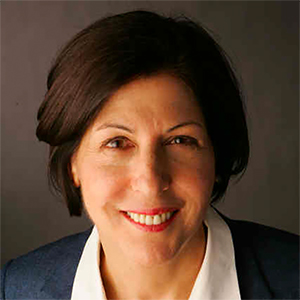
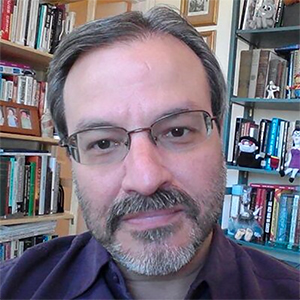



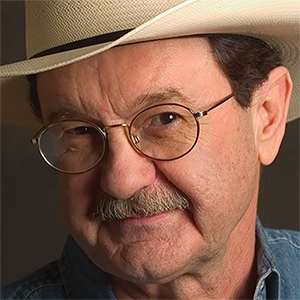


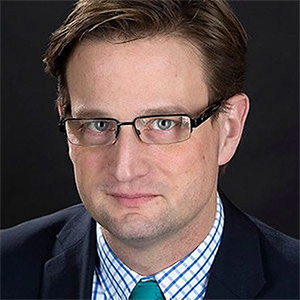
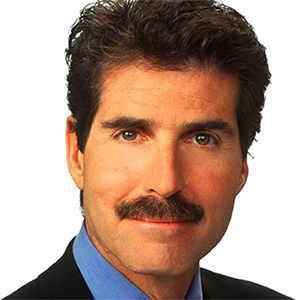
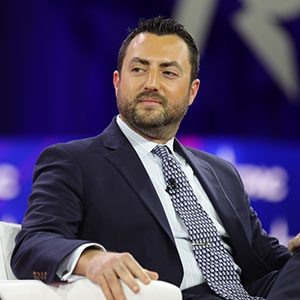
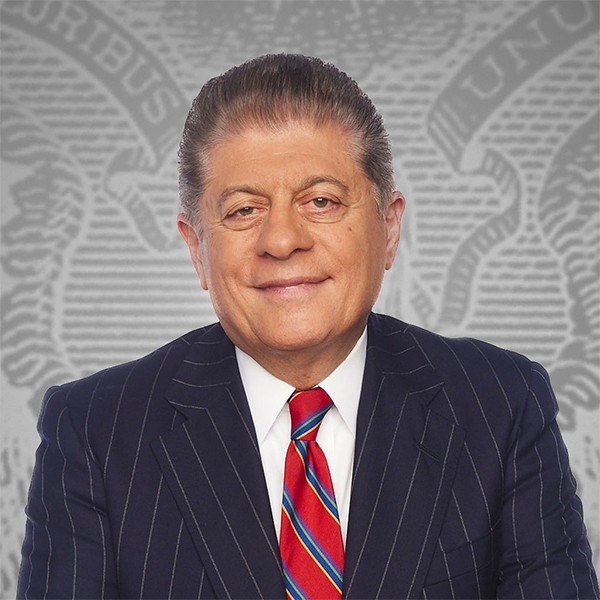


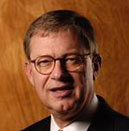
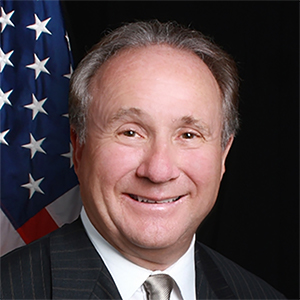

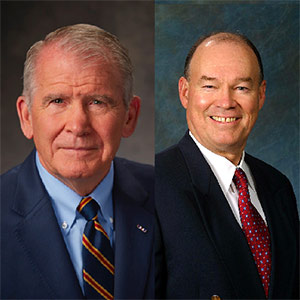


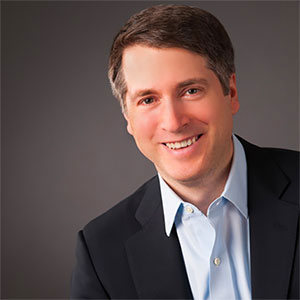
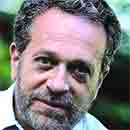

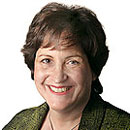
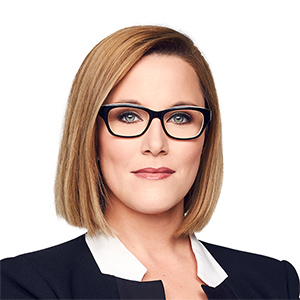


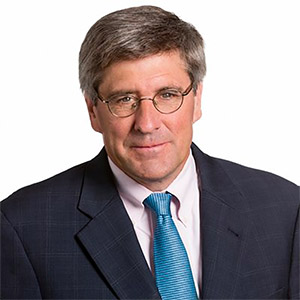


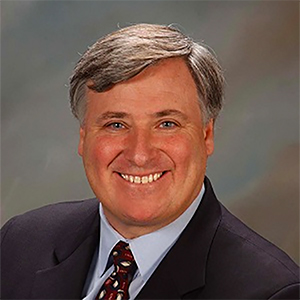




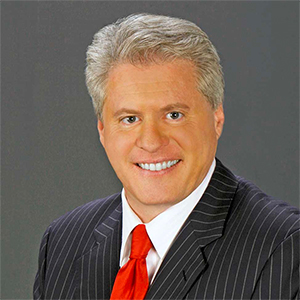
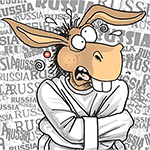
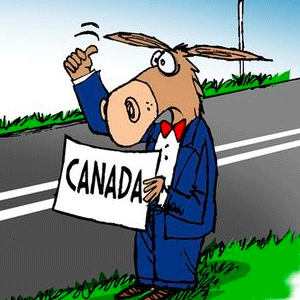
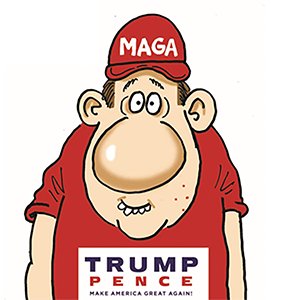


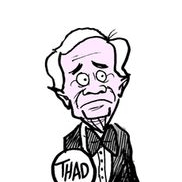
Comments